Filter by
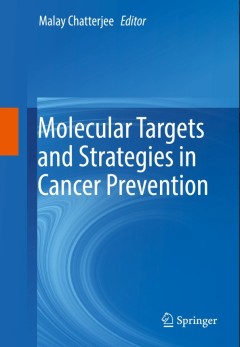
Molecular Targets and Strategies in Cancer Prevention
The book focuses on the understanding of molecular pathways by which normal cell progress to the definable stage of cancer. The chapters explore microbiota and chronic inflammation, multiple myeloma chemoprevention, microRNAs, cancer regulation, liquid biopsies, and angiogenesis. Recent advances of molecular risk assessment, tumor microenvironment, microneoplasia, malignant gene expressions are…
- Edition
- 1
- ISBN/ISSN
- 978-3-319-31252-1
- Collation
- V, 180
- Series Title
- -
- Call Number
- -
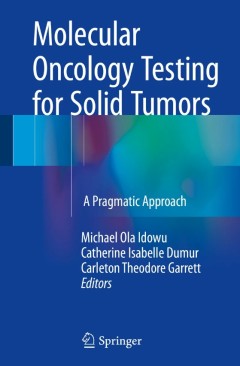
Molecular Oncology Testing for Solid Tumors
Familiarity with and understanding molecular testing is becoming imperative for practicing physicians, especially pathologists and oncologists given the current explosion of molecular tests for diagnostic, prognostic and predictive indications. Molecular Oncology Testing for Solid Tumors is designed to present an up to date practical approach to molecular testing in a easy to understand form…
- Edition
- 1
- ISBN/ISSN
- 978-3-319-16303-1
- Collation
- IX, 742
- Series Title
- -
- Call Number
- -

Kinesins and Cancer
This interdisciplinary volume collates research work on kinesins and cancer. Authors attempt to validate members of the kinesin superfamily as potential targets for drug development in cancer chemotherapy. The work begins by highlighting the importance of kinesins, summarising current knowledge and how they are shown to be crucial for mitosis. Chapters go on to explore how this family of protei…
- Edition
- -
- ISBN/ISSN
- 978-94-017-9732-0
- Collation
- -
- Series Title
- -
- Call Number
- -

Keys to Successful Orthotopic Bladder Substitution
This book provides clear guidance on how to achieve excellent functional results and avoid failures when performing cystectomy and orthotopic bladder substitution. The opening sections present helpful checklists relating to patient selection, preoperative management, the procedures themselves, intraoperative measures, postoperative management, and actions to be taken in the event of various sym…
- Edition
- -
- ISBN/ISSN
- 978-3-319-12382-0
- Collation
- -
- Series Title
- -
- Call Number
- -
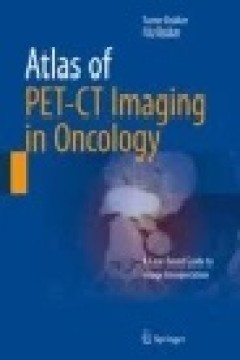
Atlas of PET-CT Imaging in Oncology : A Case-Based Guide to Image Interpretation
This atlas is a case-based guide to the interpretation of FDG PET-CT images in clinical scenarios faced by physicians during the routine practice of oncology. The book aims to help the practitioner to overcome diagnostic dilemmas through familiarization with the physiologic distribution of FDG, normal variants and benign findings. The main focus, however, is the imaging of major oncological dis…
- Edition
- -
- ISBN/ISSN
- 978-3-319-18994-9
- Collation
- XXIII, 469
- Series Title
- -
- Call Number
- 616.99
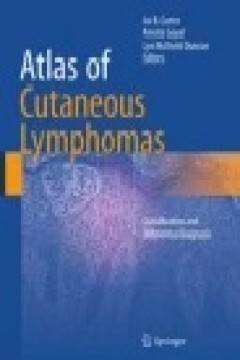
Atlas of Cutaneous Lymphomas : Classification and Differential Diagnosis
This atlas contains excellent clinical and histopathologic images and text of each of the types of cutaneous lymphoma (around 25 entities). It is the first go-to text for those who are considering a diagnosis of cutaneous lymphoma in their differential diagnosis. The text also includes diagnostic mimics of lymphoma and differential diagnosis tables and algorithms. The target audience is general…
- Edition
- -
- ISBN/ISSN
- 978-3-319-17217-0
- Collation
- XIII, 214
- Series Title
- -
- Call Number
- 616.99
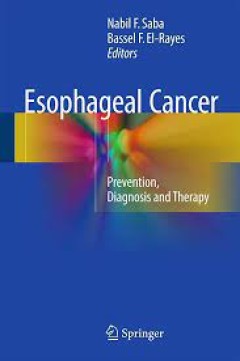
Esophageal Cancer Prevention, Diagnosis and Therapy
This book reviews the recent progress made in the prevention, diagnosis, and treatment of esophageal cancer. Epidemiology, molecular biology, pathology, staging, and prognosis are first discussed. The radiologic assessment of esophageal cancer and the role of endoscopy in diagnosis, staging, and management are then described. The principles of surgical resection, radiation therapy, and syste…
- Edition
- -
- ISBN/ISSN
- 978-3-319-20068-2
- Collation
- 4 b/w illustrations, 41 illustrations in colour
- Series Title
- -
- Call Number
- -
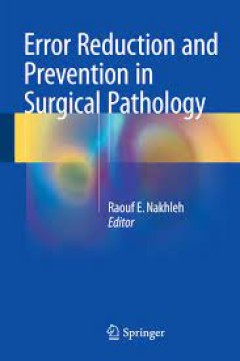
Error Reduction and Prevention in Surgical Pathology
Tissue diagnosis in surgical pathology is the most important determinant of patient outcomes in oncology and other medical conditions. An appropriate diagnosis of a tumor correctly determines the necessary therapy for that patient. Error Reduction and Prevention in Surgical Pathology focuses on how errors happen, the best systems to detect errors and the best systems to prevent errors. As with …
- Edition
- -
- ISBN/ISSN
- 978-1-4939-2339-7
- Collation
- 11 b/w illustrations, 14 illustrations in colour
- Series Title
- -
- Call Number
- -
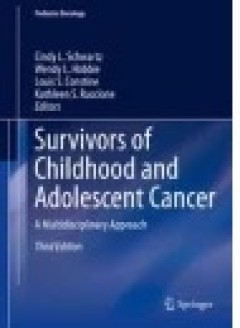
Survivors of Childhood and Adolescent Cancer
This book is a comprehensive guide that will help medical professionals – pediatric oncologists, nurses, pediatricians, family practitioners, internists, radiation oncologists, surgeons – to understand and manage the long-term effects of treatment for childhood and adolescent cancer. The consequences of treatment are described for each organ system, with explanation of pathophysiology, clin…
- Edition
- -
- ISBN/ISSN
- 978-3-319-16435-9
- Collation
- X, 436
- Series Title
- Pediatric Oncology
- Call Number
- -
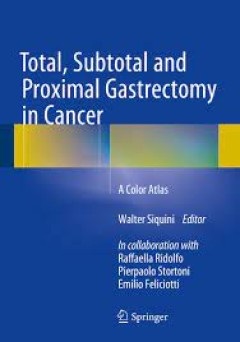
Total, Subtotal and Proximal Gastrectomy in Cancer
This richly illustrated volume describes the performance of total and subtotal gastrectomy with extended D2 lymphadenectomy by providing a detailed step-by-step guide to both manual and mechanical procedures. Gastric cancer is the fourth most commonly occurring cancer and the second most common cancer-related cause of death worldwide, and surgery remains the only potentially curative treatment.…
- Edition
- 1
- ISBN/ISSN
- 978-88-470-5749-4
- Collation
- XI, 216
- Series Title
- -
- Call Number
- -
 Computer Science, Information & General Works
Computer Science, Information & General Works  Philosophy & Psychology
Philosophy & Psychology  Religion
Religion  Social Sciences
Social Sciences  Language
Language  Pure Science
Pure Science  Applied Sciences
Applied Sciences  Art & Recreation
Art & Recreation  Literature
Literature  History & Geography
History & Geography